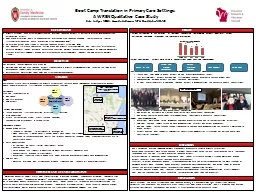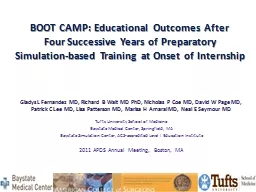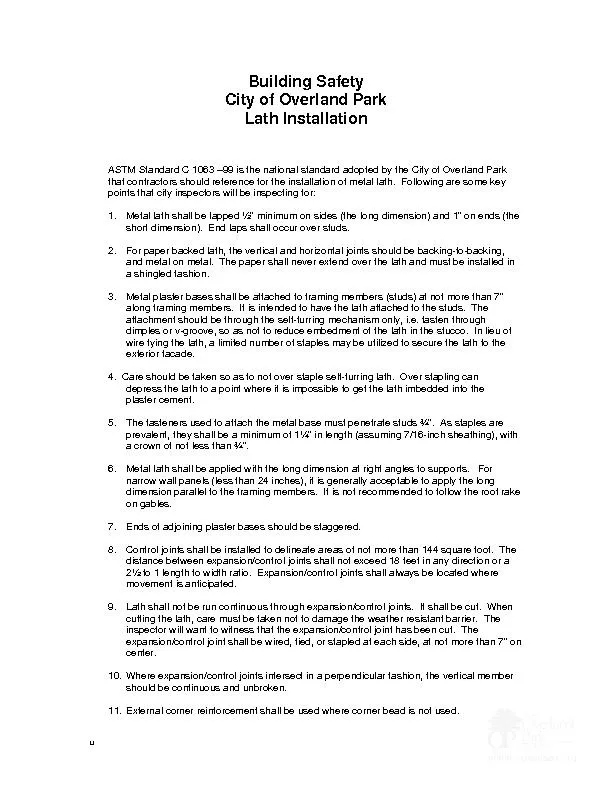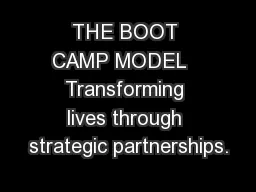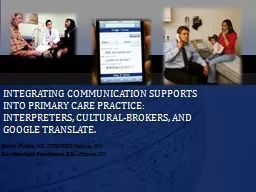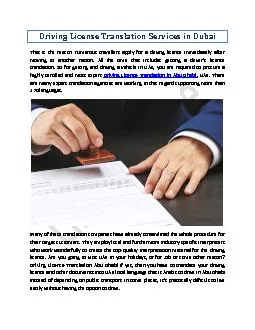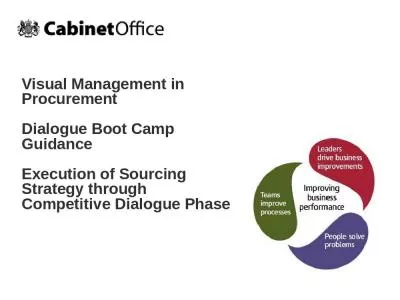PPT-Boot Camp Translation in Primary Care Settings:
Author : alida-meadow | Published Date : 2019-11-21
Boot Camp Translation in Primary Care Settings A WREN Qualitative Case Study Kate Judge MSSW Amanda Hoffmann MPH David Hahn MD MS Primary care clinics need effective
Presentation Embed Code
Download Presentation
Download Presentation The PPT/PDF document "Boot Camp Translation in Primary Care Se..." is the property of its rightful owner. Permission is granted to download and print the materials on this website for personal, non-commercial use only, and to display it on your personal computer provided you do not modify the materials and that you retain all copyright notices contained in the materials. By downloading content from our website, you accept the terms of this agreement.
Boot Camp Translation in Primary Care Settings:: Transcript
Download Rules Of Document
"Boot Camp Translation in Primary Care Settings:"The content belongs to its owner. You may download and print it for personal use, without modification, and keep all copyright notices. By downloading, you agree to these terms.
Related Documents

